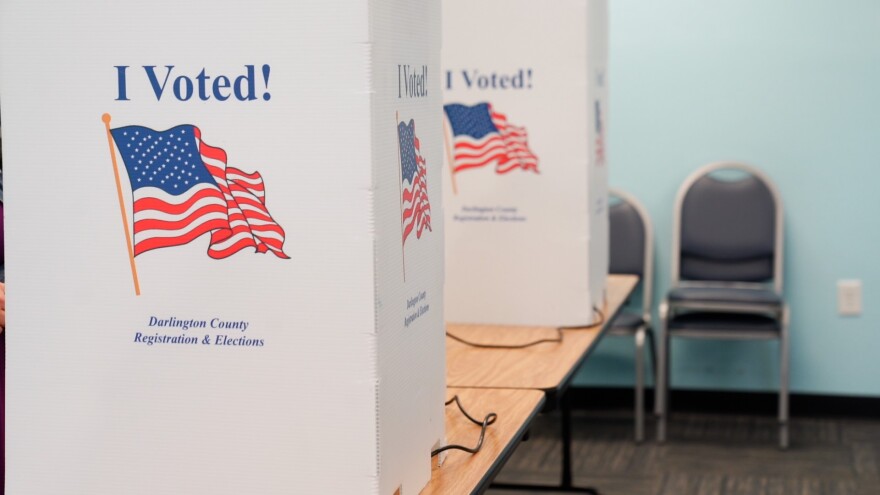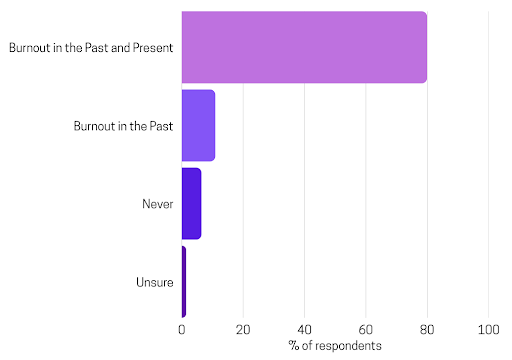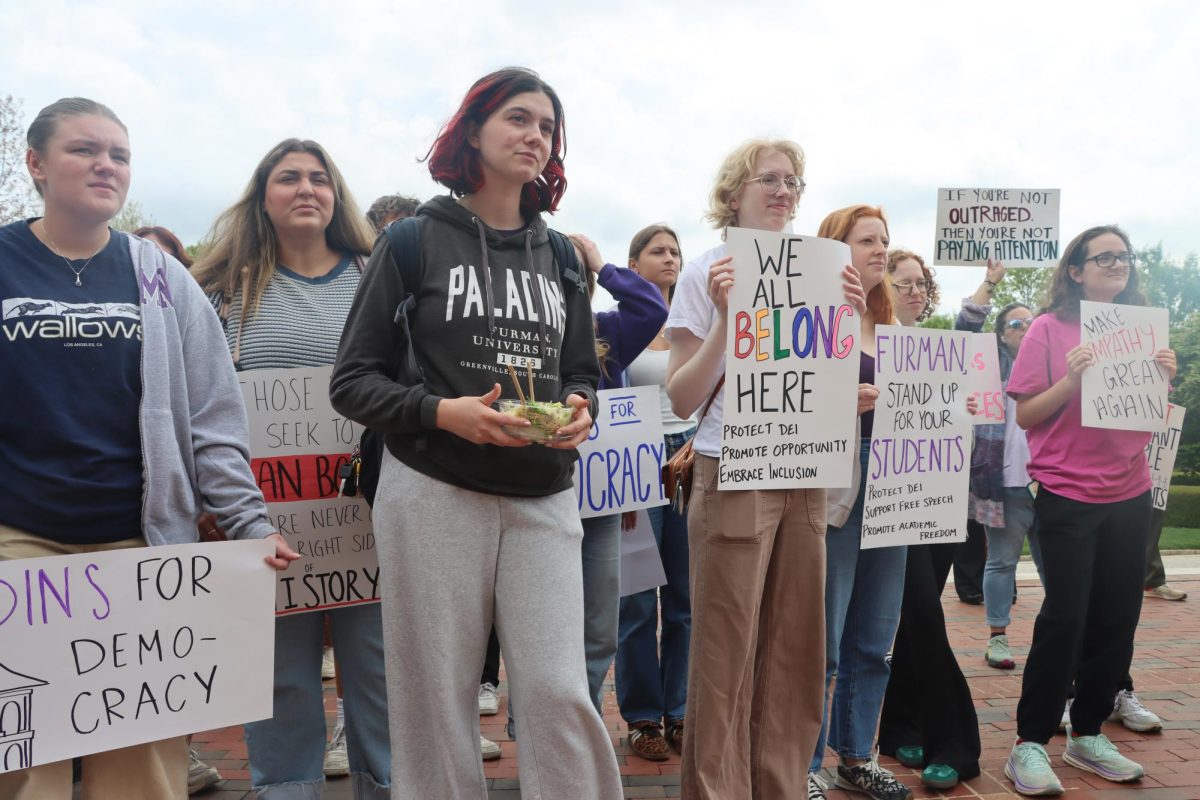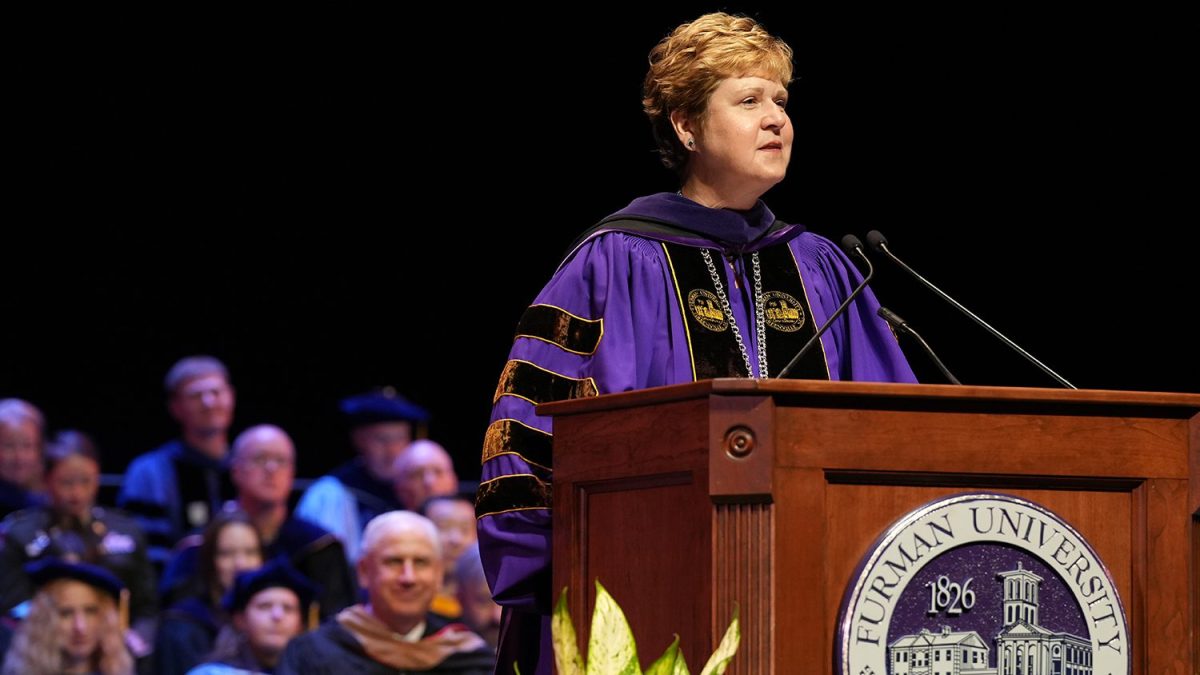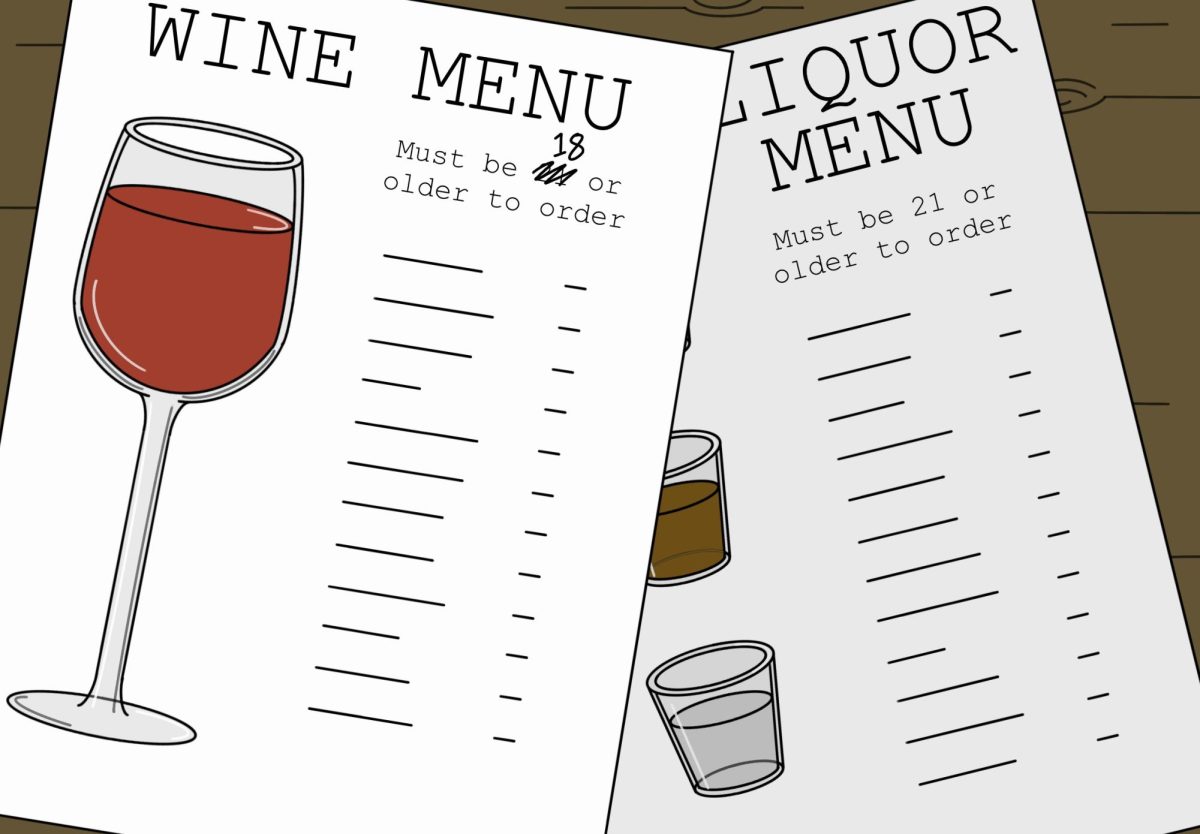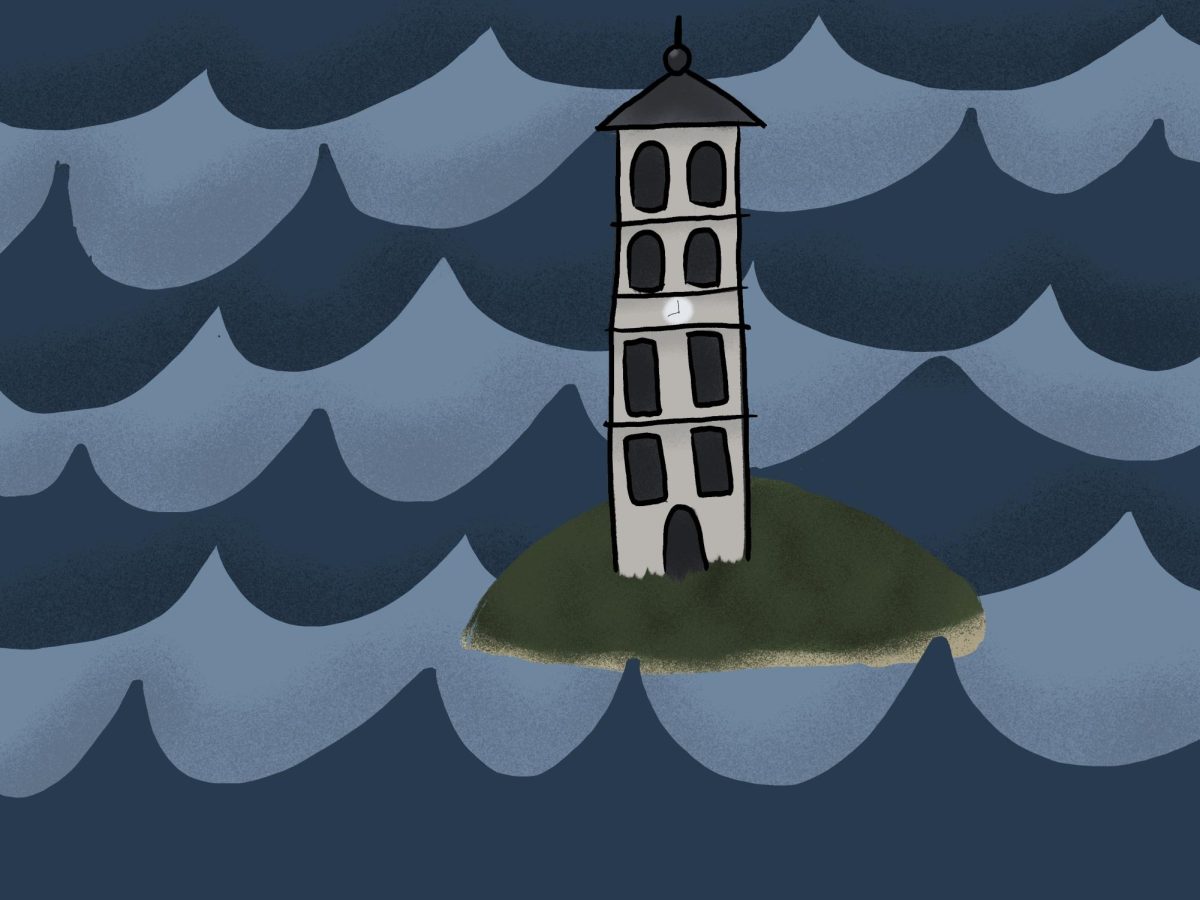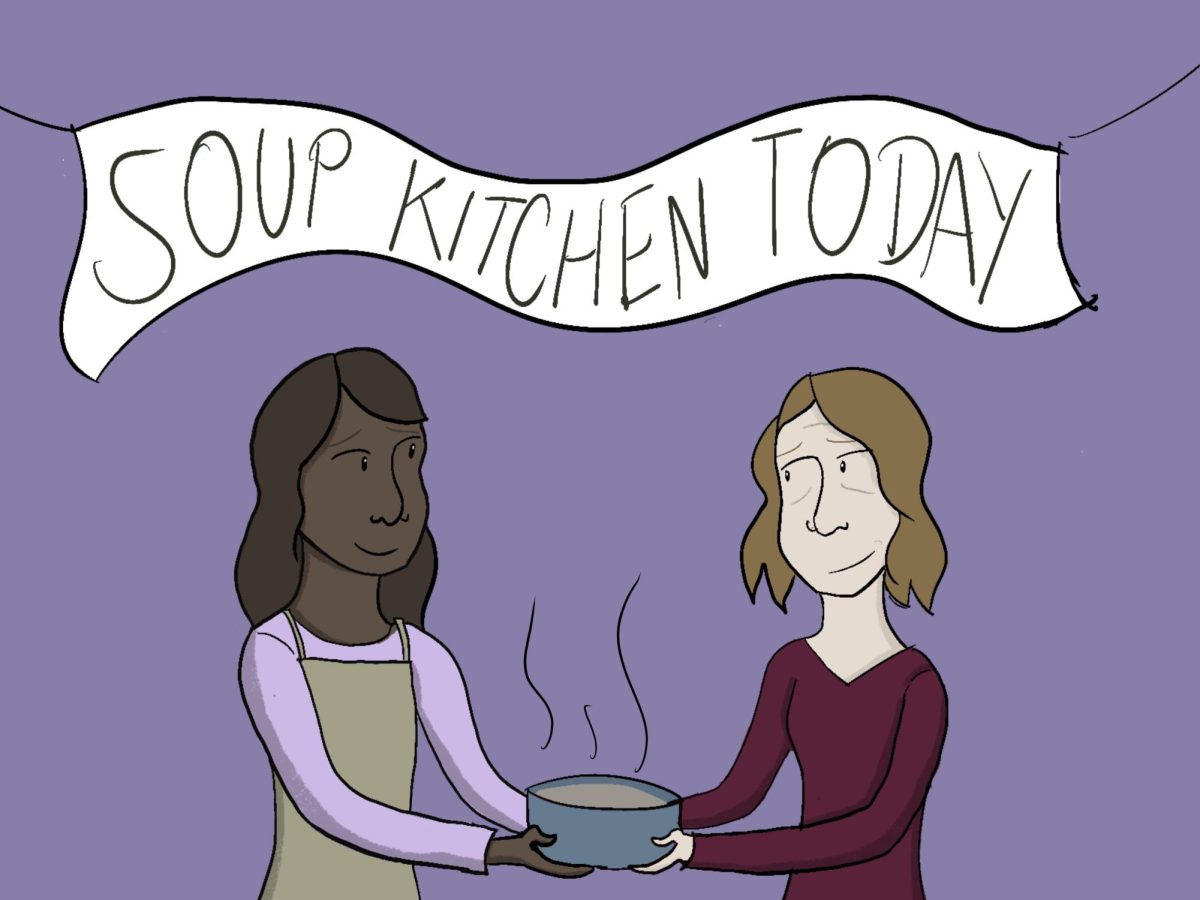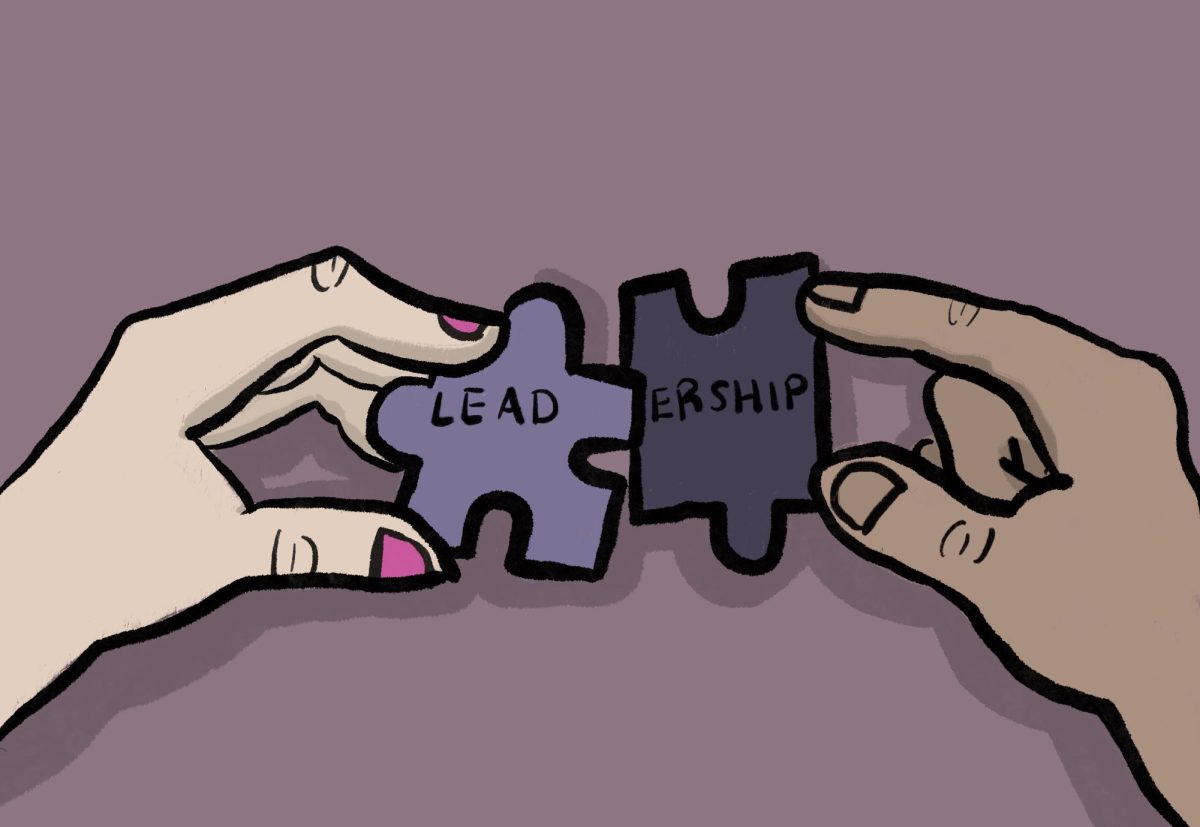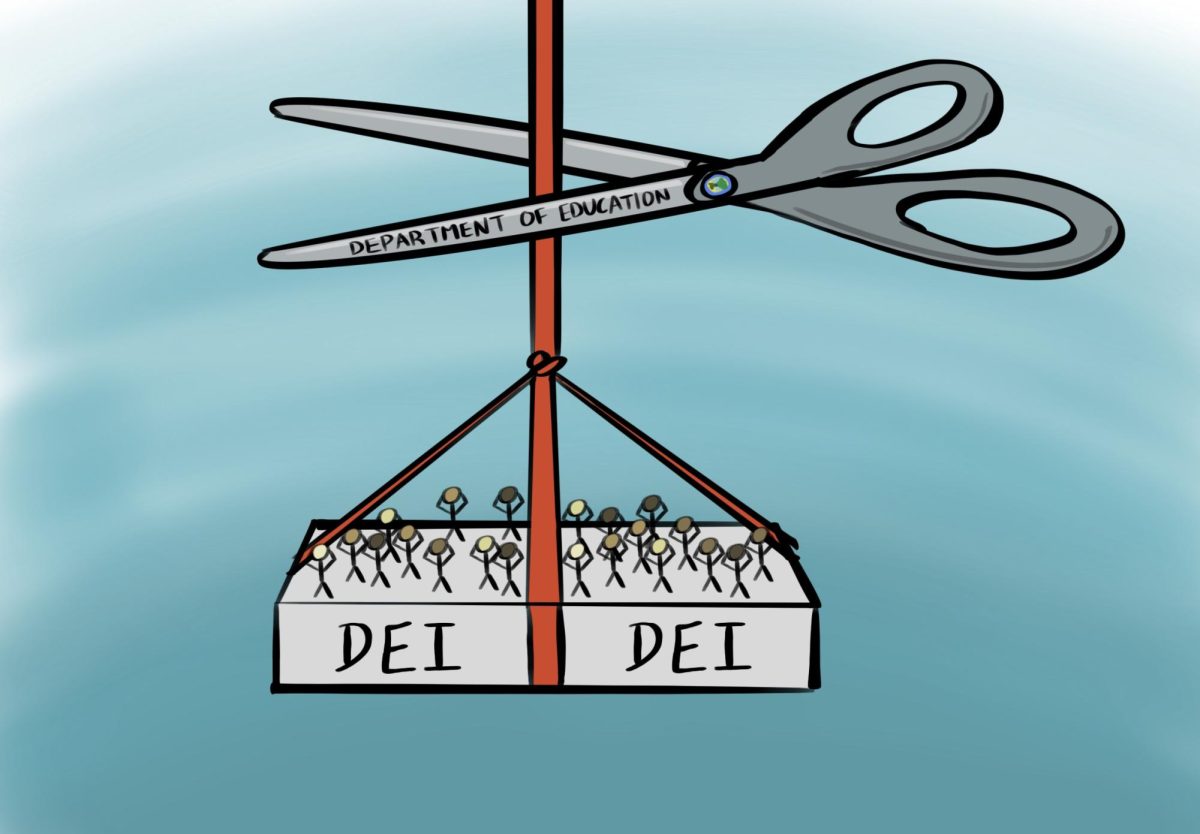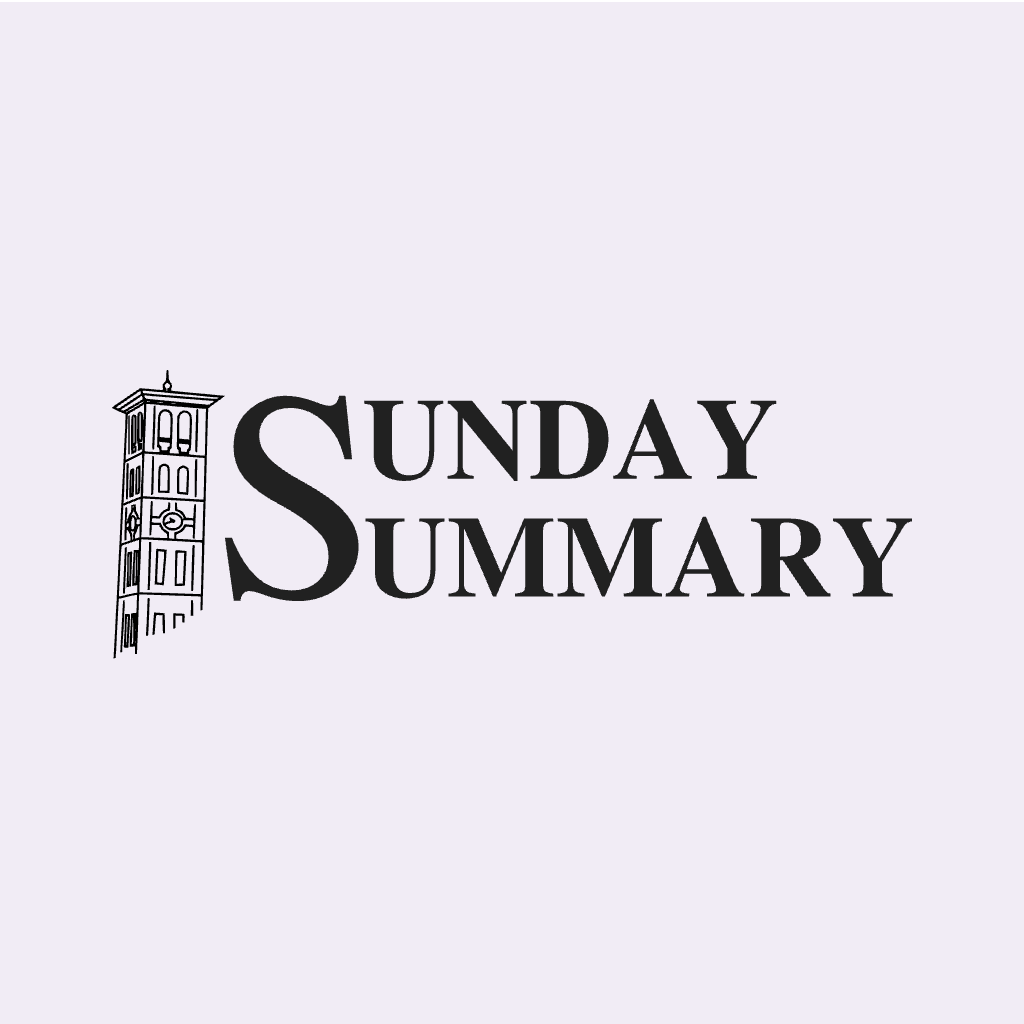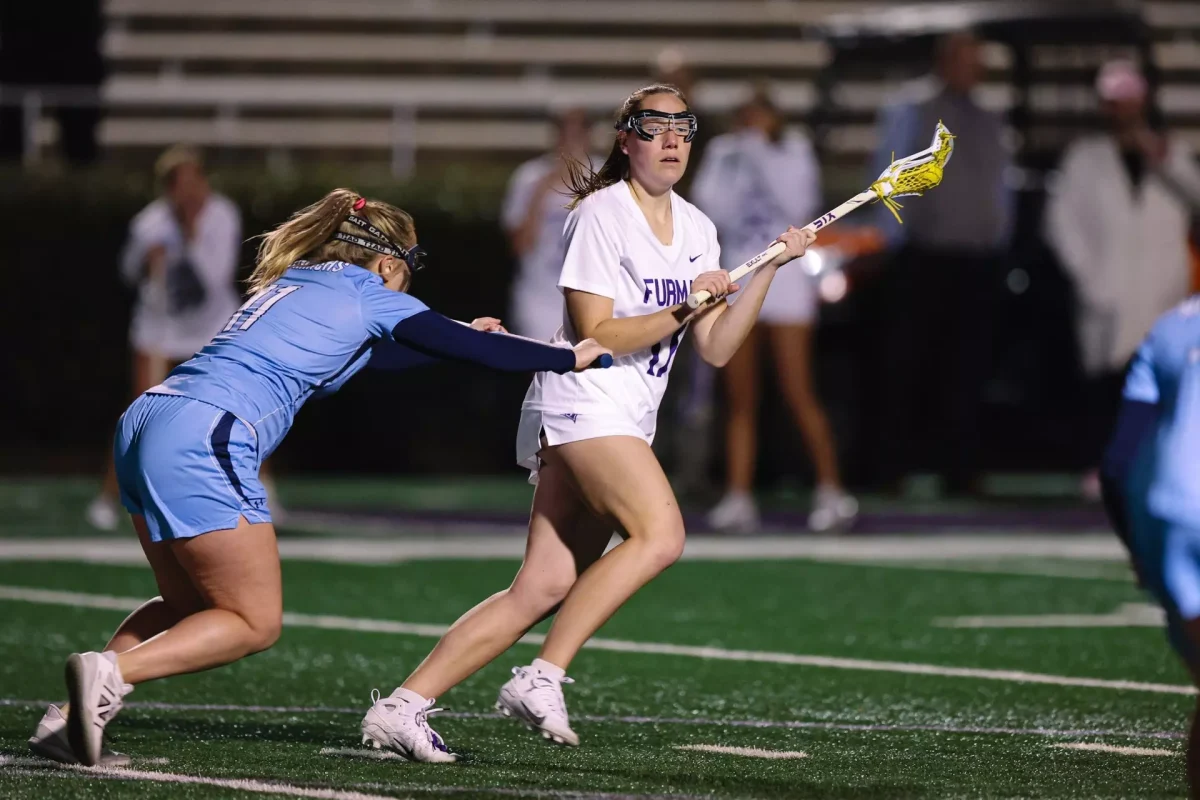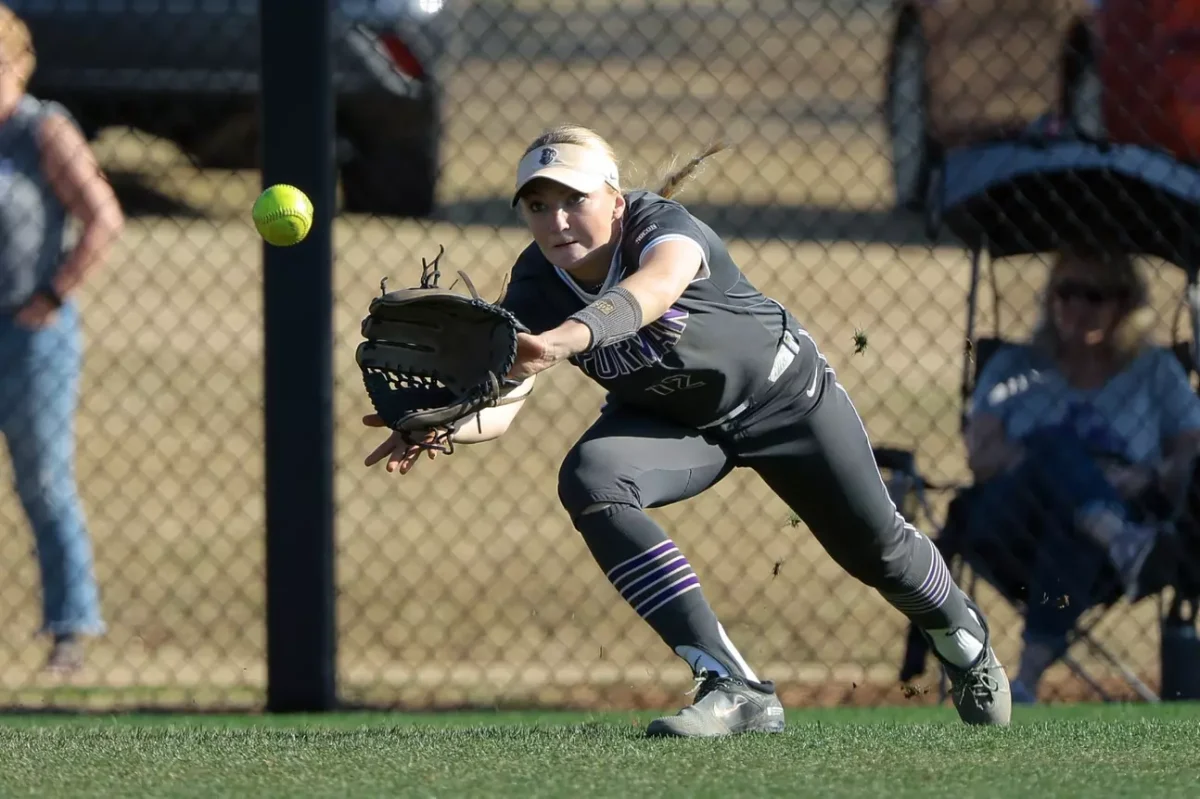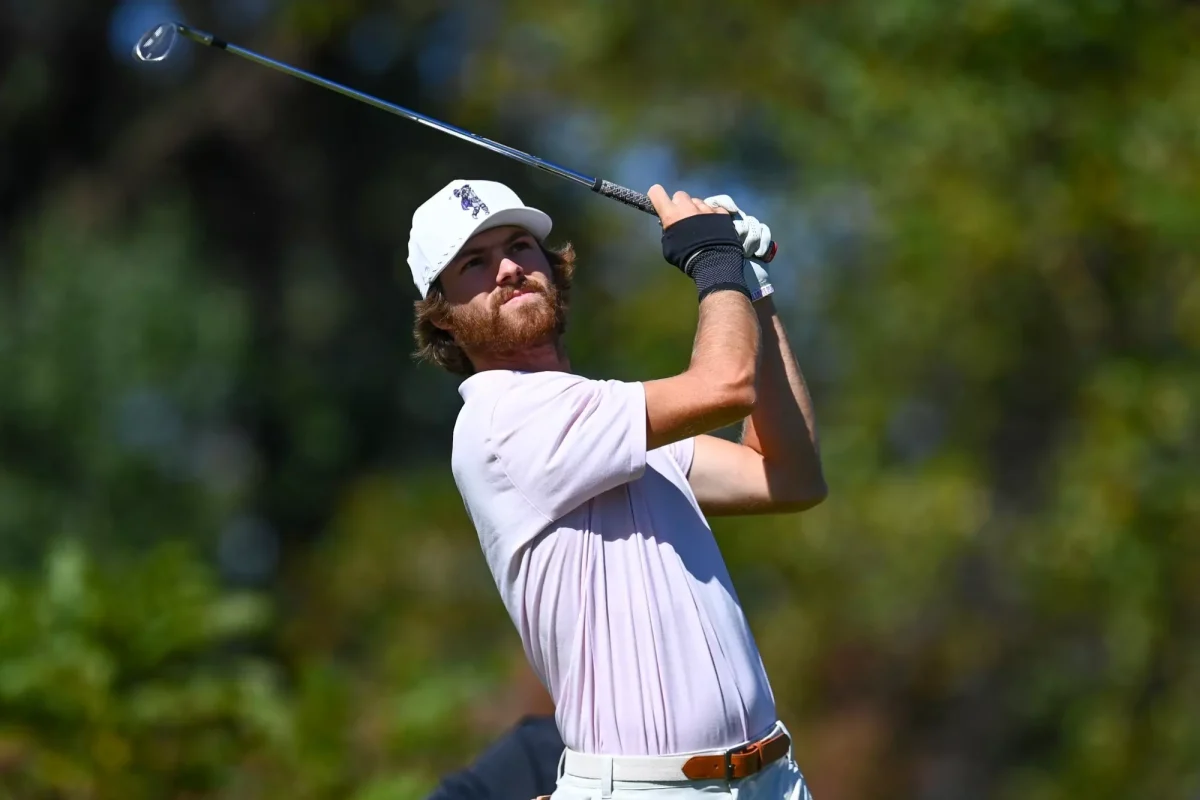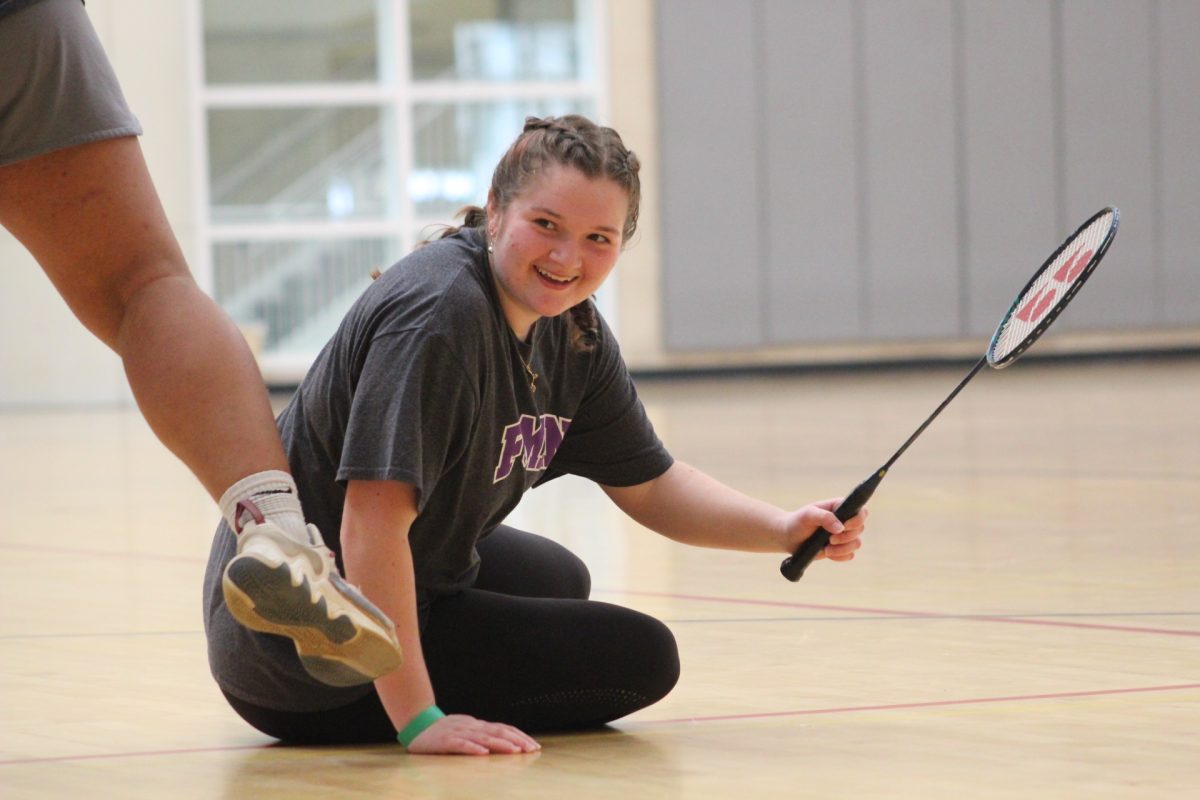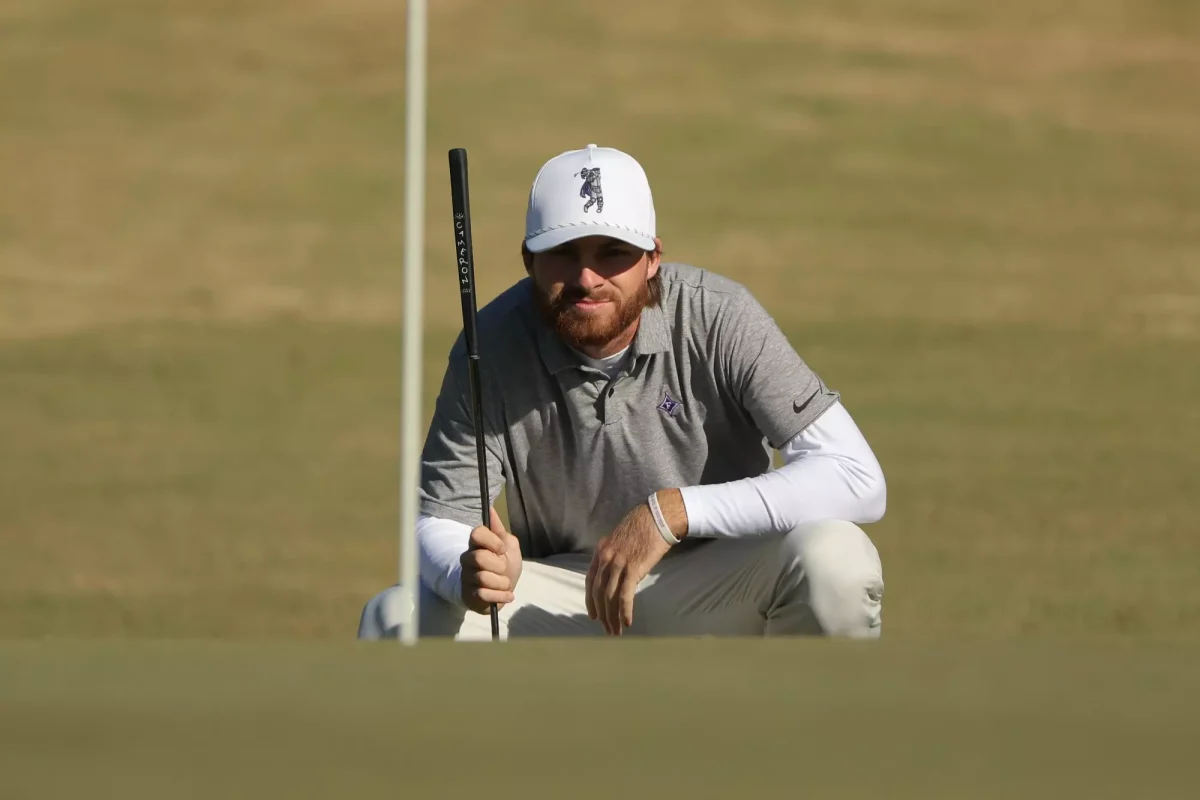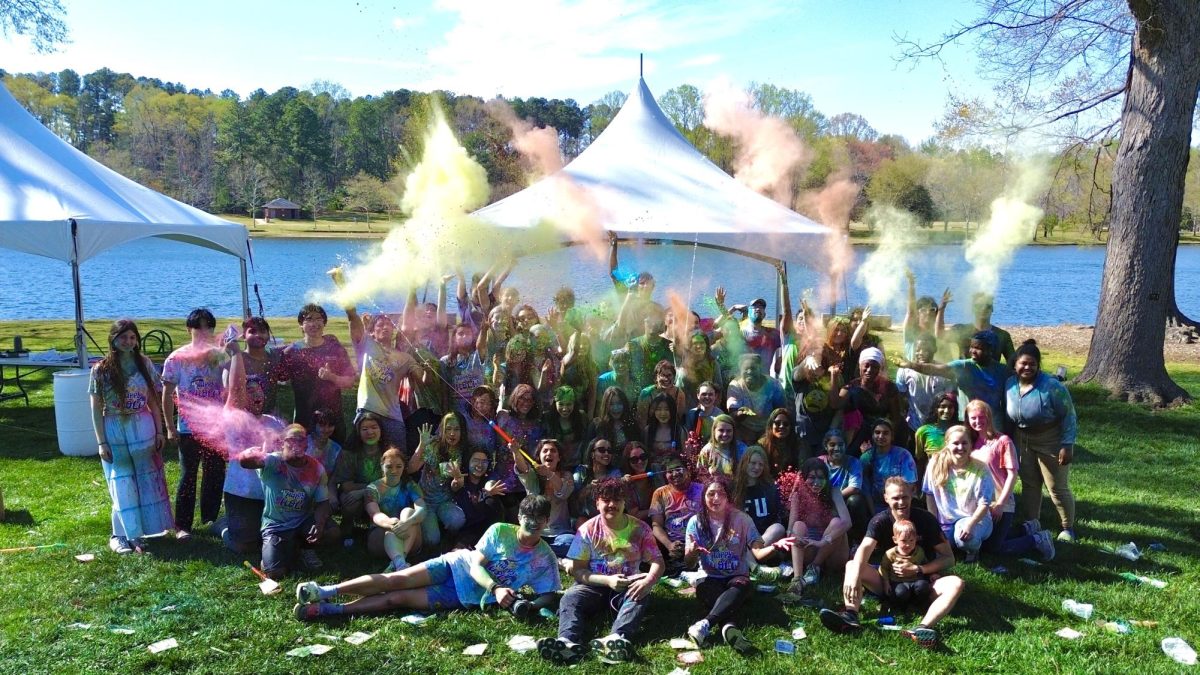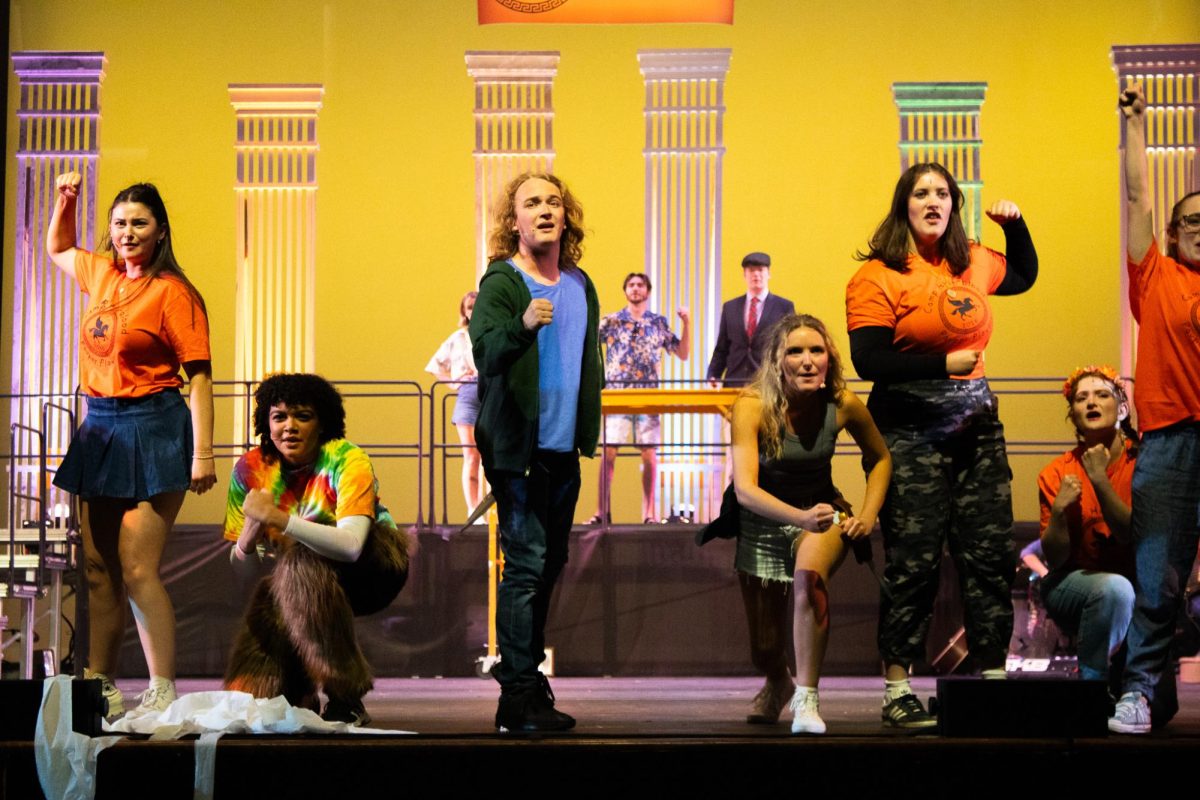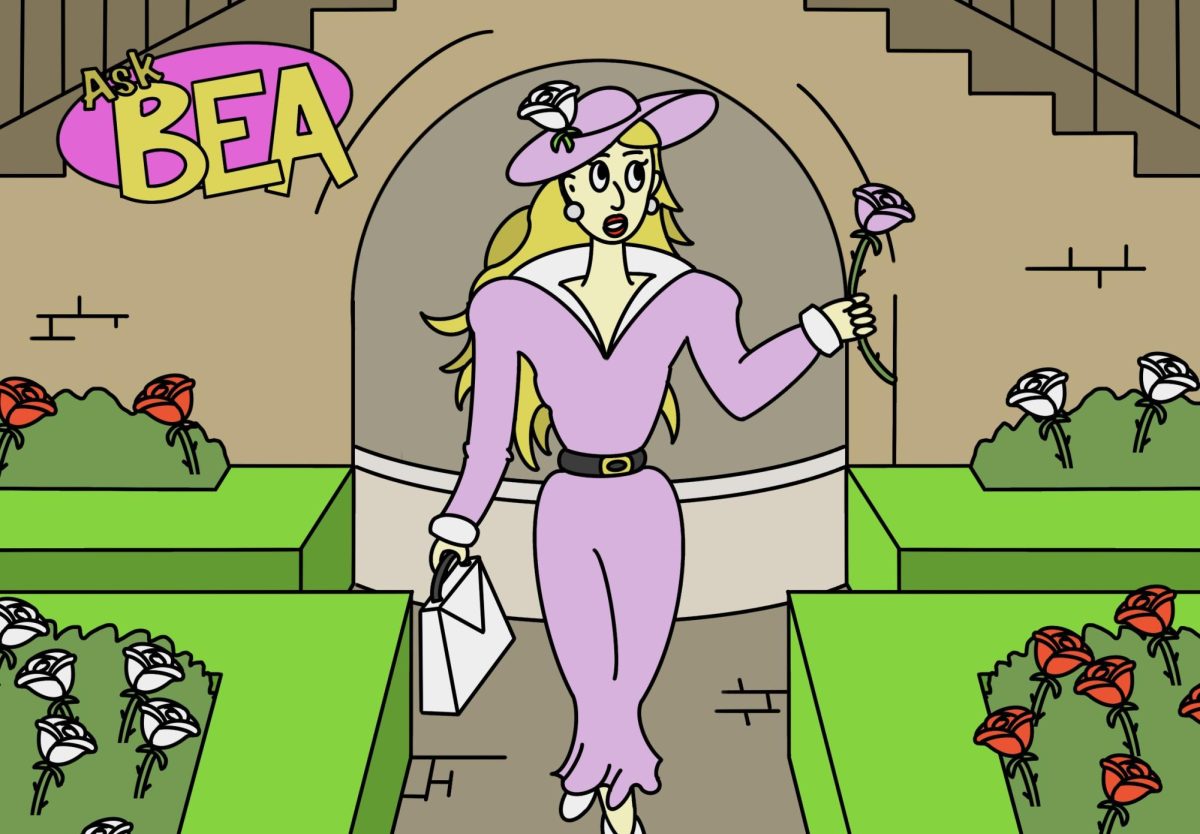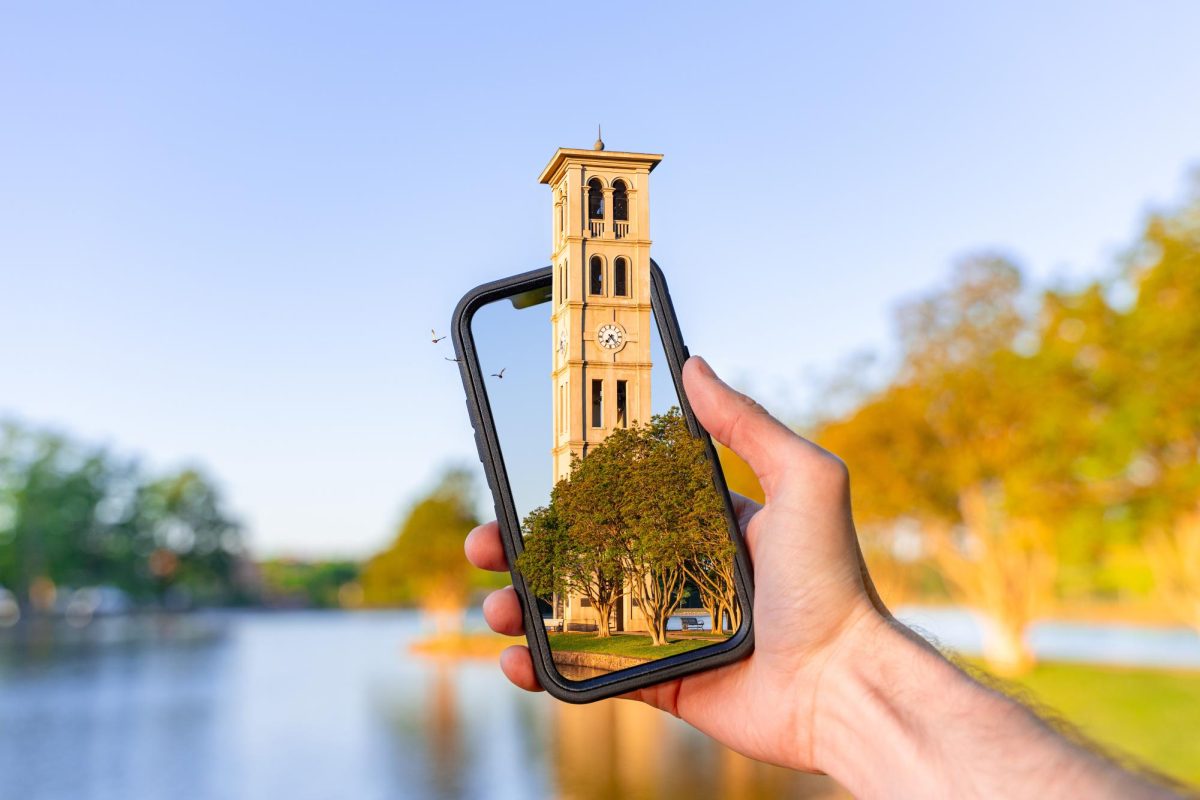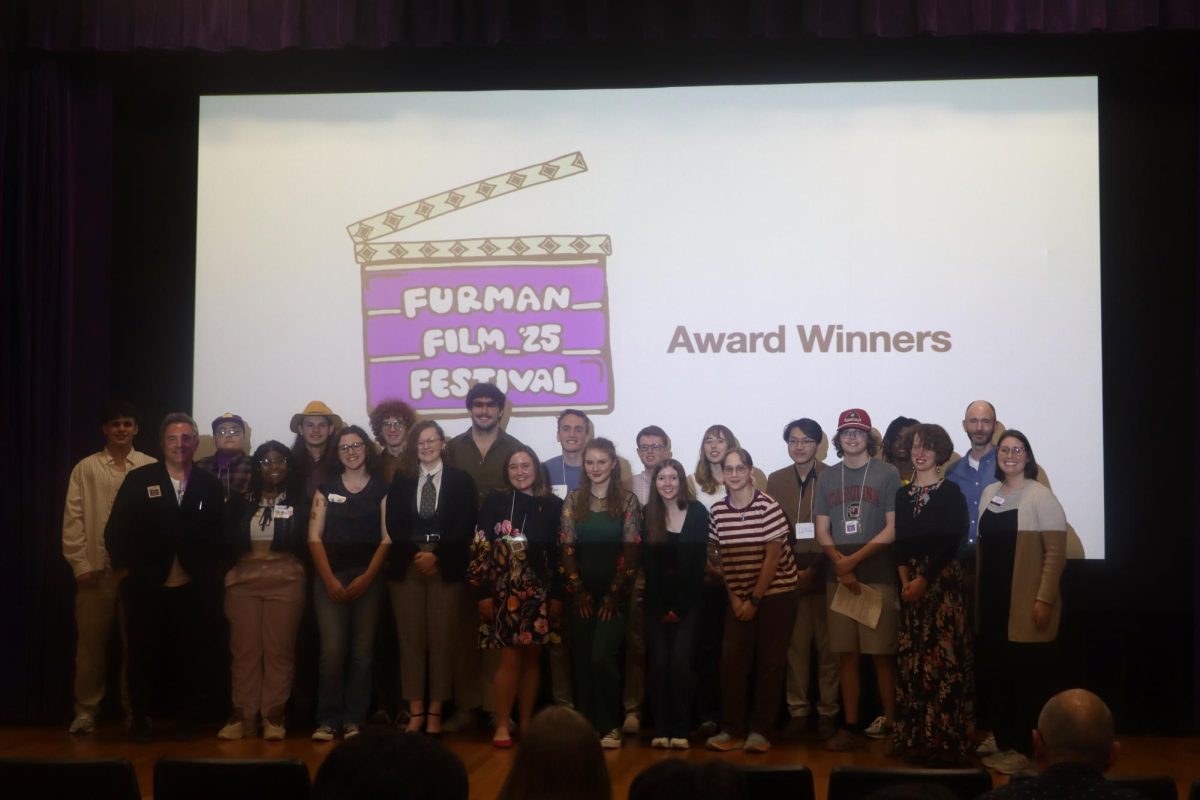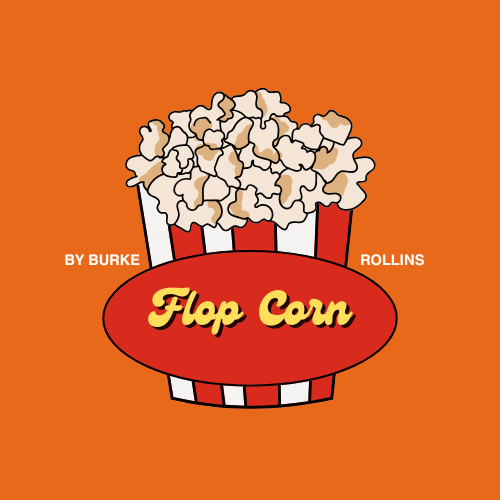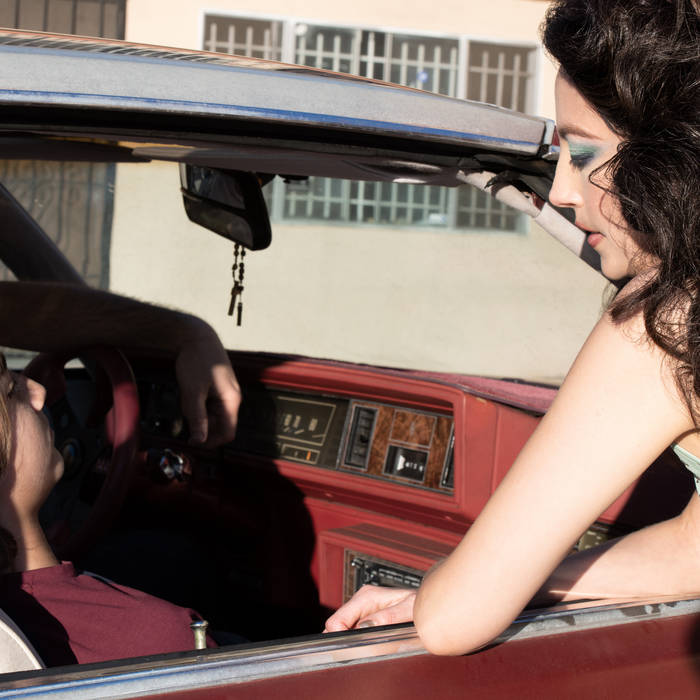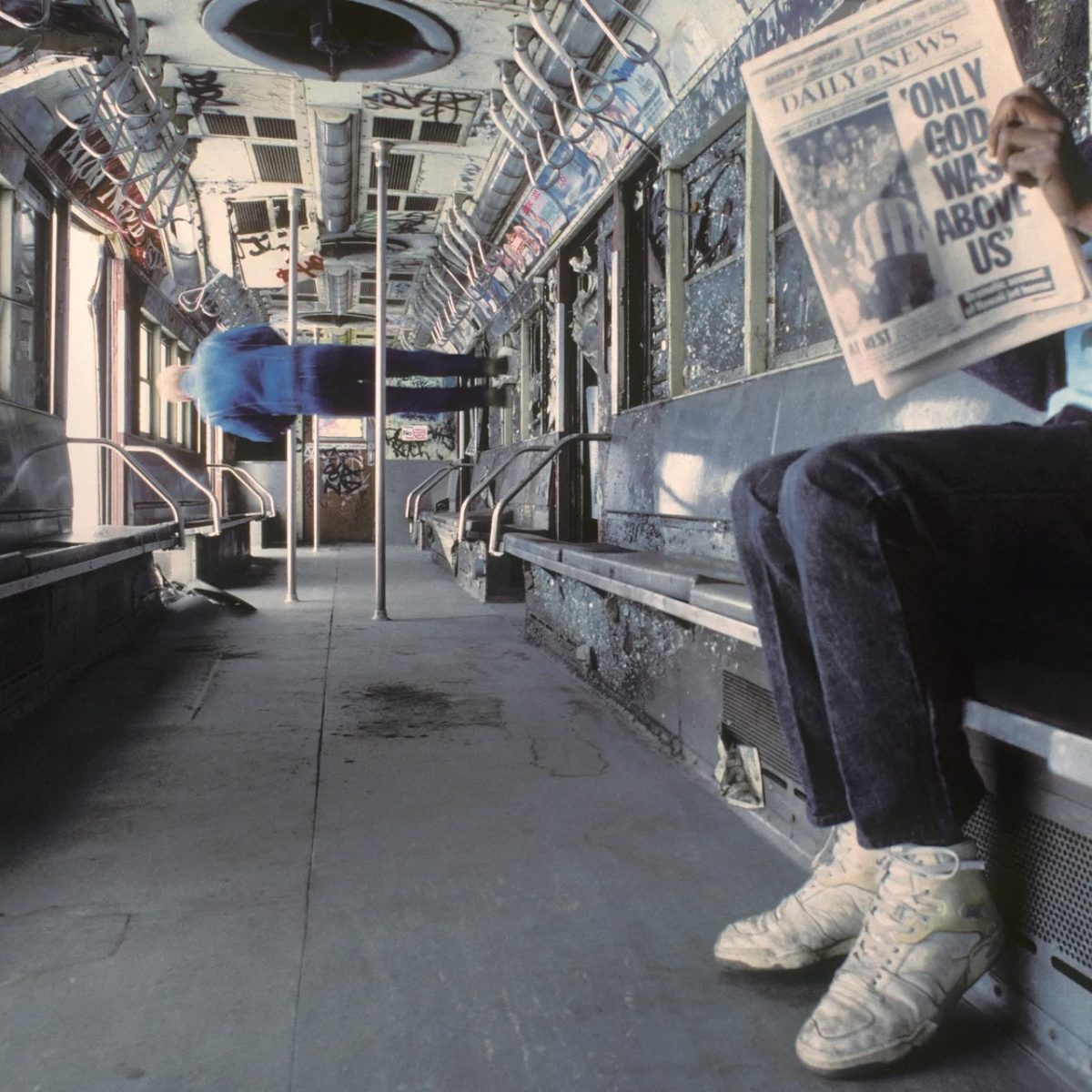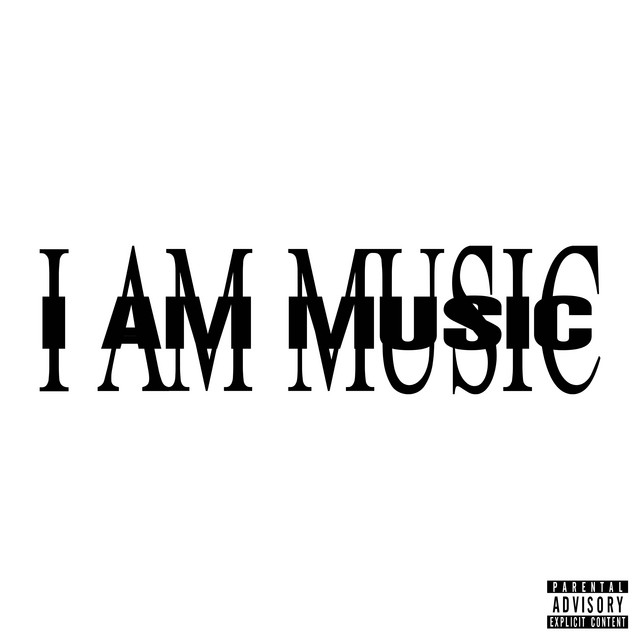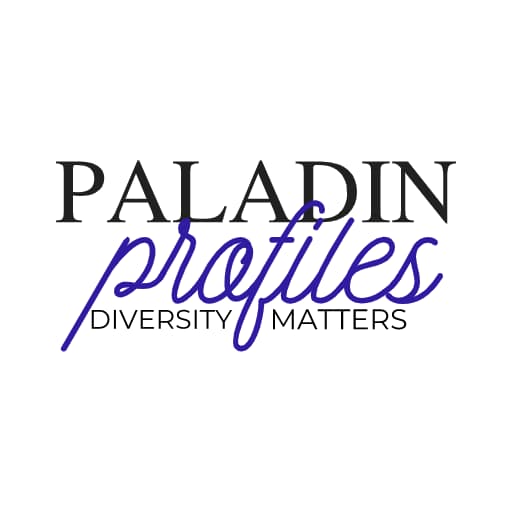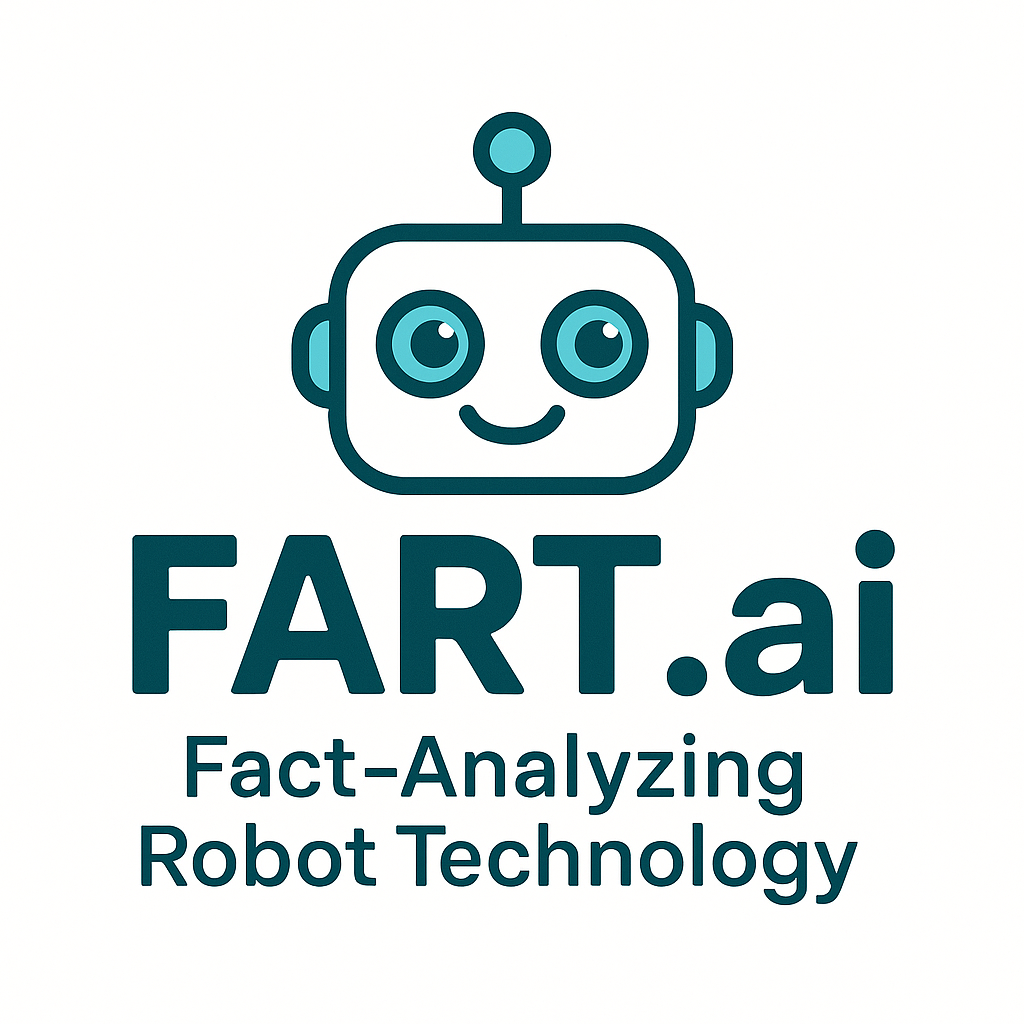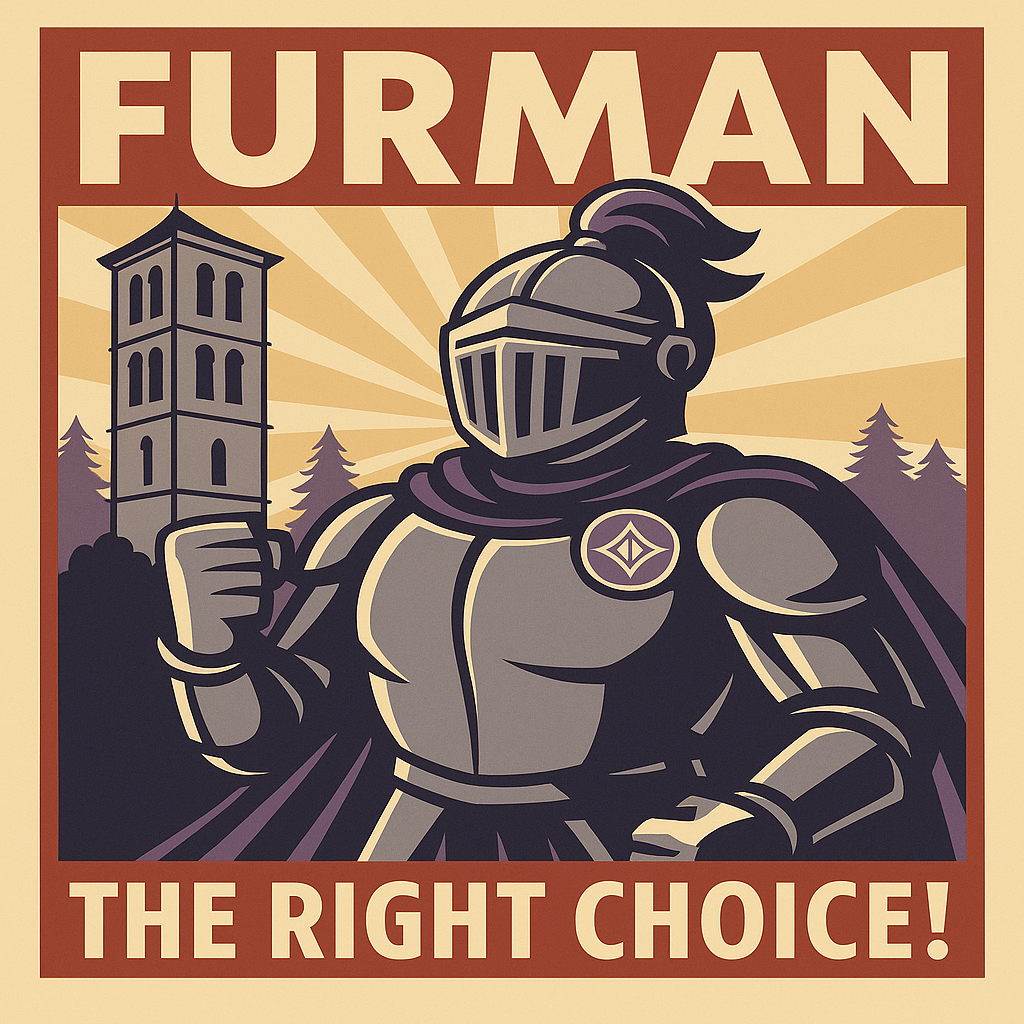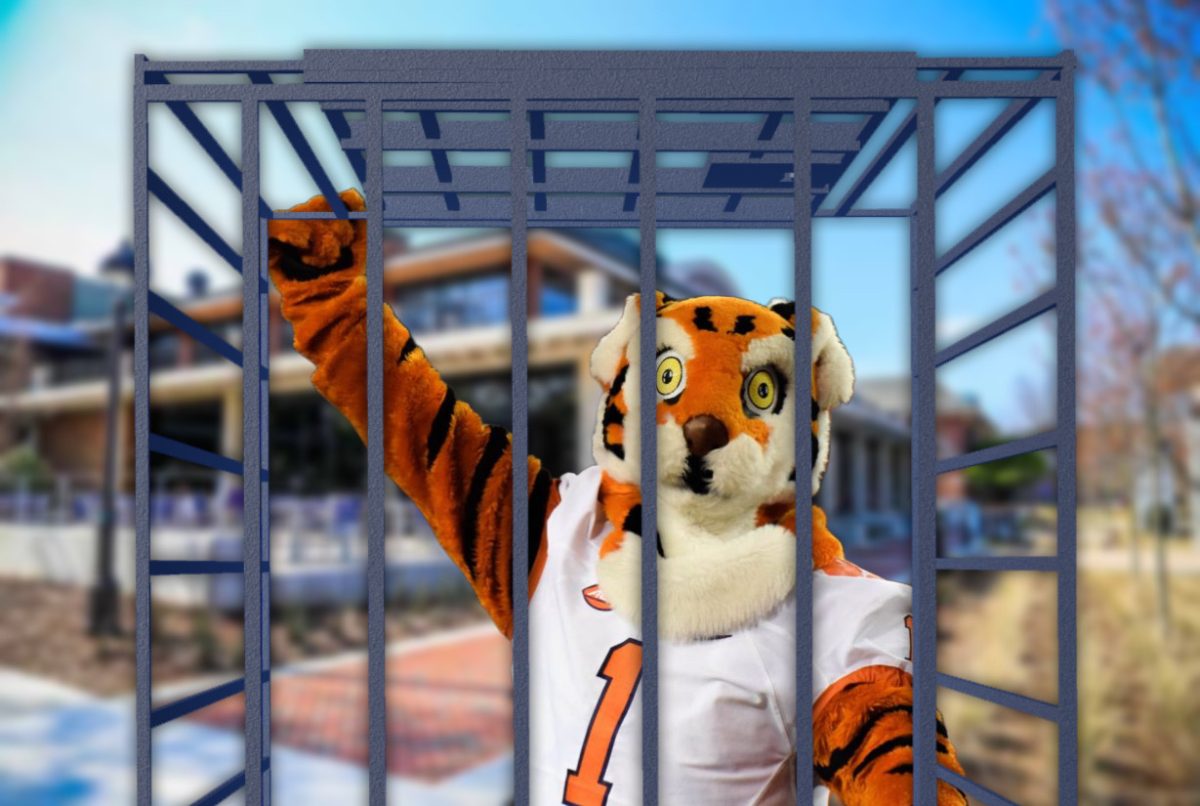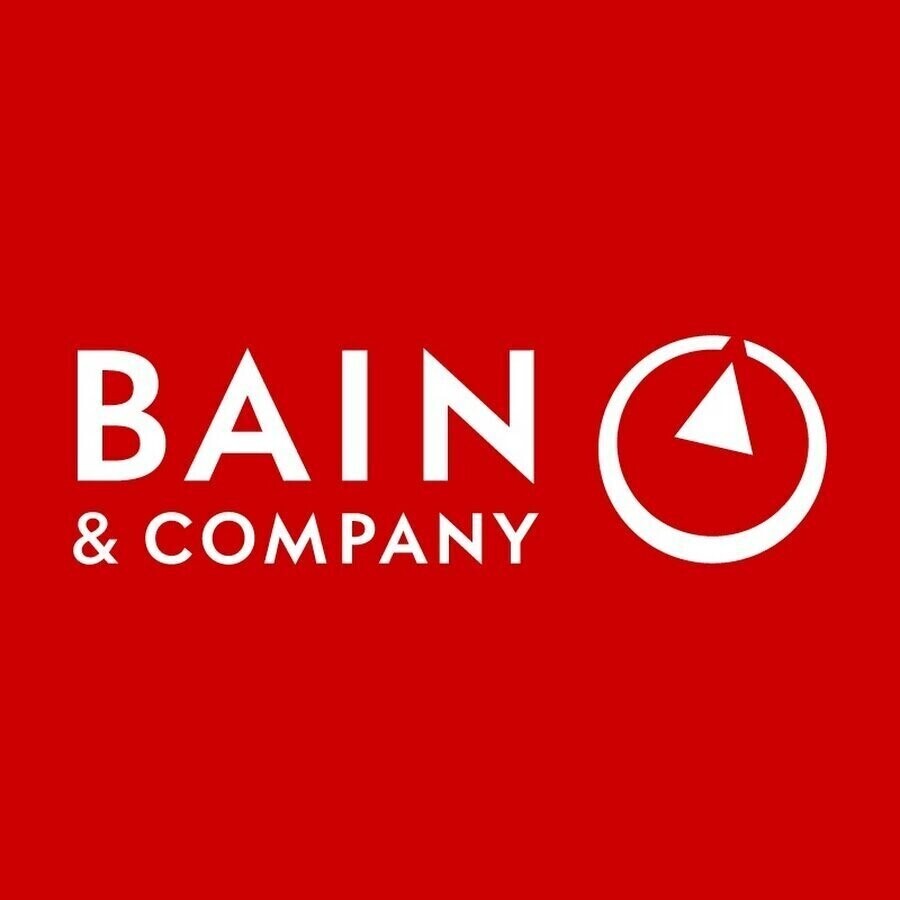
On Oct. 5, President Elizabeth Davis announced an ambitious effort by the university to transform the student experience during their time at Furman. On the steps of the James B. Duke Library, President Davis addressed the Furman community and public to unveil the Furman Advantage — the university’s new strategic vision.
A press release from the administration states that, “Launched with $47 million from The Duke Endowment, The Furman Advantage combines a liberal arts education with immersive experiences outside of the classroom, creating a personalized pathway that prepares students for lives of purpose, successful careers and community benefit.”
In the following Q–and– A, President Davis expands upon what exactly the Furman Advantage is and what students can expect to see as it transitions from a vision to an implemented plan. This interview has been condensed and edited for length and clarity.
Q: Could you briefly explain what the strategic vision is?
A strategic vision generally sets the direction for any kind of organization. In this case, the strategic vision sets the direction for Furman. Everything we do following, whatever programs we create or positions that we hire for, all should be done with an eye toward helping execute the vision.
As you read The Furman Advantage, you will see that is very student-centric. We’re making a promise, and this is a promise we have never been able to make before — every student will have access to engaged learning opportunities that are tracked and deliberately and intentionally connected to their academic, career and vocational goals.
As we think about it, what kind of programs would we need to put into place for us to be able to execute that kind of thing?
Q: What inspired the creation of The Furman Advantage?
When I arrived at Furman, we had Vision 2020. It would seem like we wouldn’t need a vision. However, I spent my first year listening to students, faculty, staff, alumni and community members. I looked at data related to student recruitment and matriculation; how many students came of [those] we admitted?
Last year, we had a consulting firm come in and do some work…to help us understand what it was that attracted students, but also what kept students from wanting to come to Furman. All of that information together made it clear that we needed to create a vision that was very transparent about what students could expect from Furman.
When you put this in context as to what is happening nationally, there’s questions being raised about the value of higher education. In particular, there are questions about the value of a liberal arts education. We wanted to be very clear [to students] about the value of a Furman education. We wanted to make a promise to Furman students and a promise to the community in which we are a part.
Q: What was the process that catalyzed the Furman Advantage from a vision into an applicable plan that can be set into motion?
As best I can tell, Furman has never had a true vision. We have had documents that we call “visions,” but they are a collection of visionary statements and tactics to enliven them. So this, truly, is intended to be a vision to set direction and to inspire philanthropy…
We had to inspire The Duke Endowment to want to partner with us to help fund these ideas. What we don’t want to do is add more tuition costs. So, the goal of having an inspiring vision is to attract students, but to also attract philanthropy. We believe that we are promising to do something different, which other institutions are not.
We needed the funding in place first. Now, as we start developing the programs, we have the Strategic Vision Advisory Council. It is made up of faculty and staff. They are the ones who will activate the project teams. We have a project team for the four-year pathway, we will have a project team for the mentoring advising concept and a project team for diversity and inclusiveness. There will be more, but those teams come up with the plans, tactics and the assessments to determine what we are going to do and to measure the actual results.
If we don’t get the results, then we will need a sunset plan so that we stop doing that and invest our funds somewhere else.
This [Duke Endowment] gift actually gives us the opportunity to start doing things quickly. For example, students can apply for stipends to help them when they have an unfunded internship or research experience. First of all, those stipends were too low. Last year, we were able to increase those stipends because we had already started to receive some funding.
This coming summer, we will have more stipends and they are going to be at a higher amount. That is one of the things that we can put into place quickly because we already have that infrastructure in place.
Some other things, such as our community engagement initiative…will require additional staff. We will actually need a plan first. Dr. Angela Halfacre’s job is to come up with a strategy. What would the plan look like? What would it take? Do we fund it from The Duke Endowment or do we raise additional funds?
What we really don’t want to do is tax tuition. We want to find a way to inspire philanthropy because of this vision so that we have more funds to go toward scholarships and experiences. We want people to come in and say, “I want to help pay for a Furman education and here is the piece of the education that I want to pay for.”
Q: What role did the trustees play in the creation and approval process?
The trustees wanted a more deliberate implementation plan around Vision 2020. Again, after a year of listening, I told the trustees that I thought we needed a new vision. The trustees’ responsibilities are for strategic direction and overall fiduciary duties. In reality, how it works in most places is that the campus community’s senior leadership team will come to the trustees and say, “because of this evidence, this is what we should do.”
The trustees will raise questions, challenge and communicate what parts they like best. That’s how it works here at Furman.
Since about February they have given us the all-clear. When we went back to them in May, it was clear that they continued to endorse this strategy.
Q: How is the Furman Advantage going to transform or augment their time spent here at Furman?
The interesting thing is that for some students, it is not going to be any different than what it was before. That is what gives us confidence that we can pull this off for every student. When this is fully functioning, in about three years even if we are still tweaking a little bit, a student can imagine coming in their freshman year, and the advising conversation that they will have may be a little bit different.
They will not just answer the questions of what classes to take, but more about what they are interested in. However, we don’t want to get too heavy with freshmen. We want freshmen to understand what it means to learn in a liberal arts environment and understand what it’s like to develop independence…Still, the students will have those conversations to help them think about being deliberate about what activities they participate in. Not just joining things to fill out a resume, but to be deliberate.
Sophomore year is the time that vocational conversations will begin. What are you passionate about? What do you believe in most deeply? We have the Cothran Center that already does that with a subset of our students. So the question is, how do we scale that?
We want students to start thinking about their passions and who they are most authentically. We want them to think about this in context to the academic areas that make the most sense for them.
We don’t want students to come in worried about getting a job. The worry over financial stability makes them perhaps take a pathway that isn’t true to who they are. If we can promise that with the right mentoring, the right experiences, the right connections, there can be a successful exit out of Furman, we eliminate that fear.
By the junior year, it is a very deliberate pathway that has built upon the previous years. Over that time, not only will there have been faculty advisors but they will start having other mentors…Mentors that can develop those kinds of experiences and pathways, which will be documented, and be reflected on by the students. Although they will be different for every student, we want it to be systematic in the way that questions are asked. We want to be sure the students get all of the experiences that they need to have.
Right now, the process is not as deliberate as it needs to be, and that is where the difference will come.
Q: Do you think the freshmen that have begun Furman this fall will see the effects of the Furman Advantage during their time here?
I absolutely do. Departments are already being challenged now — how in the world do we implement this? How the chemistry department implements [the Furman Advantage] will be different than the english department. We just want departments to start thinking of these co-curricular and extracurricular activities down at the student level, akin to how we do a transcript.
Every student has their own transcript — the courses that they have taken, their grades, and everyone’s looks different. We want to manage these activities down at the student level too.
As opposed to study away to how we approach right now, for example. We think about study away experiences as a program. I know how many students have gone to Italy this year, for instance. We want to flip the switch on that mentality and ask different questions. Which of our students have taken a study away experience? Which of our students have had research experiences? Who has a gap?
If we can track students in real time, then we know when they graduate, that everyone is going to have had an opportunity. Right now, all we know is through a self-report students take when they graduate. At graduation we ask students, “were you involved in an Engaged experience?” Eighty percent of our students will say “yes.” That is 20 percent that we missed. If we are following it and tracking it in real time, we can be sure that we haven’t missed anyone.
We want our students to be able to see that their education is so much more than a collection of classes. It is the experiences, the mentors and the way that students develop themselves in these four years. They learn who they are, what gives them the most joy about the kinds of work they may do and then we can help them make that exit from Furman…
Q: In talking about The Duke Endowment, what will some of the funds be allocated for beyond stipends and scholarships? Are there any specific programs?
Twenty-two million dollars went toward scholarships and finishing out the James B. Duke scholarship and some programming around it so that cohort of students will have some special programs and mentors.
The other $25 million we received in the spring. We anticipate that much of that will go toward building a more robust IT infrastructure. Right now, our student information system isn’t the best. When you don’t have data at your fingertips, like a degree audit, faculty have to spend so much time taking the place of what a computer could do.
We need a more robust IT system that captures these experiences and allows them to be documented.
The experiences, stipends, and living costs are another portion. Additionally, faculty will need to be trained. If we want this mentorship program to be effective, we have to educate people to know what exactly that means. If we also have a new information system, people will need to know how to use it.
While $47 million is a lot of money, it is going to run out. The Duke Endowment fund kicks us off, but I am very committed to raising money around this strategic vision to alleviate the tuition burden and the cost of education…
I want the students to understand this is about creating the best educational experience possible. It is about helping them develop and take advantage of the great things that Furman has always had, but for whatever reason, not everyone has been able to engage with to the same degree.
We want students to think of the holistic Furman experience as if there were no walls or departments. As if by working in collaboration, Furman has changed the trajectory of their lives. We are committed to doing that for our students and we’re excited.


Furman students participated in a picnic on the mall lawn following the announcement. Photos Courtesy of Amanda Richey.

